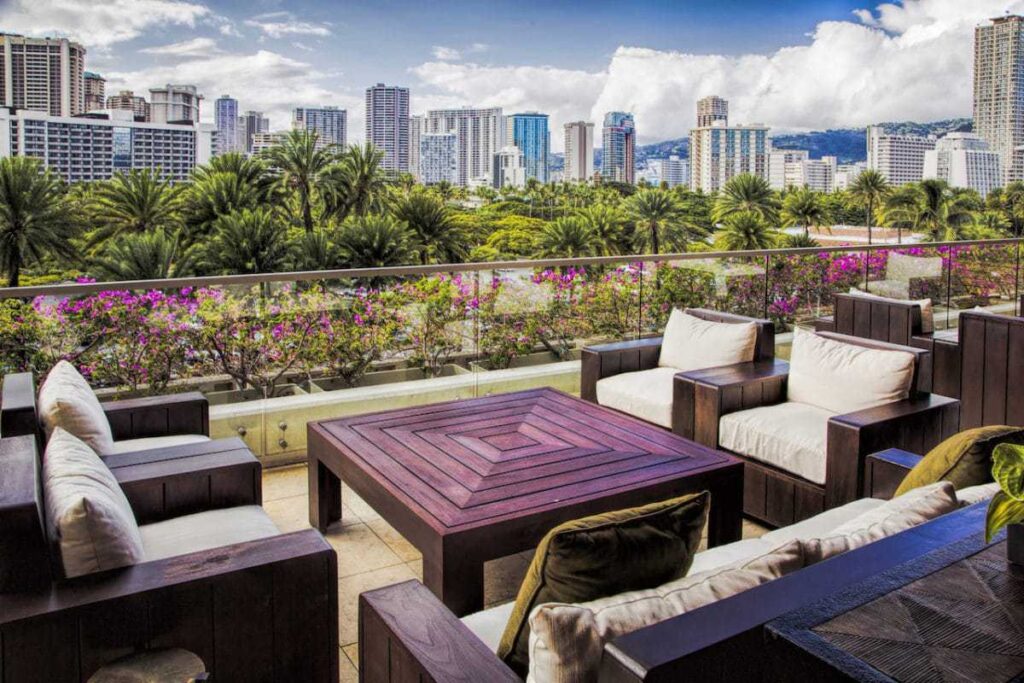If you own or manage an event space, you might wonder how to price it correctly to attract customers and generate revenue. Pricing event space is not a simple task, as it depends on various factors such as location, size, amenities, demand, competition, and more. In this article, we will discuss some general considerations that can help you price your event space effectively.
Things To Consider When Pricing Event Spaces
Before you set your price for your event space, you need to consider some important factors that can affect your profitability and competitiveness. In this section, we will explain each of these factors in detail and how they can influence your pricing strategy.
1. Location
One of the most important factors that affect the price of event space is location. Location determines the accessibility, convenience, and attractiveness of your venue to potential customers. Generally, the more central and popular the location, the higher the price you can charge. For example, event spaces in San Francisco, one of the most desirable and expensive cities in the US, can charge much more than event spaces in less populated and cheaper areas.
However, location is not only about the city or neighborhood. It is also about the specific features of your venue that make it stand out from others. For example, if your event space has a stunning view of the Bay Bridge or the Golden Gate Bridge, you can charge a premium for that. Similarly, if your event space is close to public transportation, parking lots, hotels, restaurants, or other attractions, you can increase your price accordingly.
2. Size
Another factor that affects the price of event space is size. Size determines how many people can fit in your venue and what kind of events you can host. Generally, the larger the event space, the higher the price you can charge. However, size is not only about square footage. It is also about how you utilize and optimize your space to create different layouts and configurations.
For instance, if your event space can be divided into smaller rooms or sections for different purposes, such as breakout sessions, workshops, or networking areas, you can charge more for that flexibility. Similarly, if your event space has a high ceiling, natural light, or outdoor space, you can charge more for that ambiance.
3. Amenities


Another factor that affects the price of event space is amenities. Amenities are the features and services that you provide to your customers to enhance their experience and satisfaction. Generally, the more amenities you offer, the higher the price you can charge. However, amenities are not only about quantity. They are also about quality and relevance.
For example, if your event space has state-of-the-art technology equipment, such as projectors, screens, speakers, microphones, or Wi-Fi, you can charge more for that convenience. Similarly, if your event space has catering services, furniture rentals, cleaning services, security services, or staff assistance, you can charge more for that support.
However, not all amenities are equally valuable or necessary for all customers. Some customers might prefer a simple and minimalist event space that allows them to bring their own vendors and suppliers. Others might prefer a fully serviced and customized event space that takes care of everything for them. Therefore, you need to understand your target market and their preferences and expectations before deciding what amenities to offer and how to price them.
4. Demand
Another factor that affects the price of event space is demand. Demand is the level of interest and desire that customers have for your venue and its availability. Generally, the higher the demand for your event space, the higher the price you can charge. However, demand is not only about popularity. It is also about seasonality and timing.
For example, if your event space is located in a tourist destination or a cultural hotspot, you might experience higher demand during certain periods of the year or days of the week when more people visit or attend events in your area. Similarly, if your event space is suitable for specific types of events or occasions, such as weddings, conferences, or parties, you might experience higher demand during certain months or seasons when those events are more common.
Therefore, you need to analyze your historical data and market trends to identify when and why your event space is in high demand and adjust your price accordingly. You might also consider offering discounts or incentives for off-peak times or long-term bookings to increase your occupancy rate and revenue.
5. Competition
Another factor that affects the price of event space is competition. Competition is the number and quality of other venues that offer similar or alternative options to your potential customers. Generally, the higher the competition for your event space, the lower the price you can charge. However, competition is not only about quantity. It is also about differentiation and value proposition.
For example, if your event space is located in a crowded market where there are many other venues that offer similar features and services, you need to find ways to make your venue stand out from others and attract customers. You might do this by highlighting your unique selling points, such as your location, size, amenities, or reputation. You might also do this by creating a strong brand identity, a loyal customer base, or a niche market.
Alternatively, if your event space is located in a niche market where there are few or no other venues that offer similar or alternative options to your potential customers, you need to find ways to justify your price and convince customers of your value. You might do this by demonstrating your expertise, experience, or quality in hosting certain types of events or occasions. You might also do this by providing testimonials, reviews, or referrals from previous customers or partners.
Conclusion


Pricing event space is a complex and dynamic process that requires careful research, analysis, and strategy. There is no one-size-fits-all formula or rule that can guarantee success. However, by considering the factors discussed above, such as location, size, amenities, demand, and competition, you can develop a pricing strategy that reflects your goals, costs, value, and market position. You can also monitor and evaluate your pricing performance and make adjustments as needed to optimize your results.
Read Also:
- How to start a subscription box business?
- How Many Jobs Are Available In Finance?
- Is Other Specialty Stores A Good Career Path?
- Is Real Estate Investment Trusts A Good Career Path

